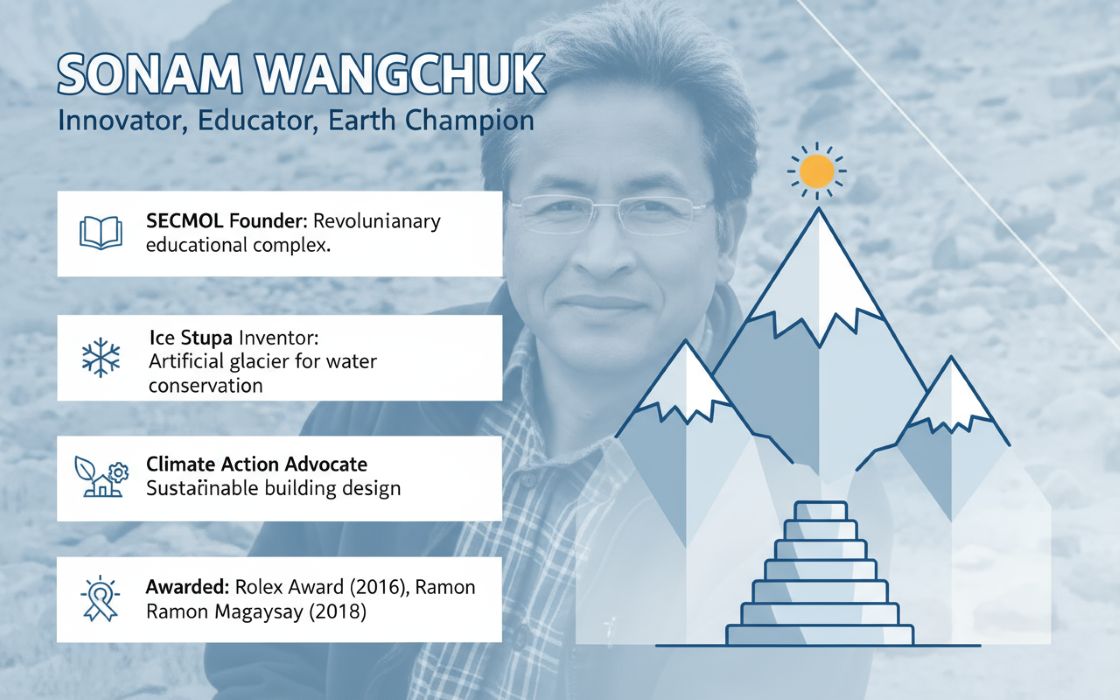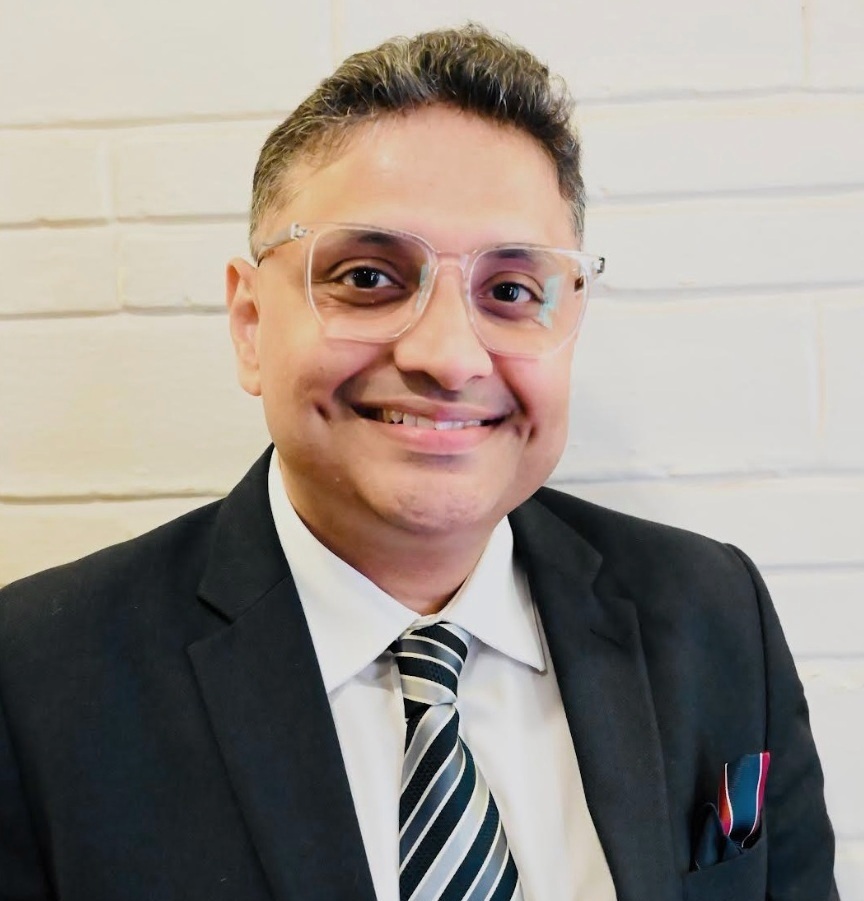 From the typhoon-battered schools of the Philippines to the saltwater-soaked villages of the Sundarbans, one truth is becoming impossible to ignore — climate change is stealing childhoods. The crisis is not only altering landscapes and livelihoods but also eroding the safety, health, and future of millions of children who have contributed least to the problem.
From the typhoon-battered schools of the Philippines to the saltwater-soaked villages of the Sundarbans, one truth is becoming impossible to ignore — climate change is stealing childhoods. The crisis is not only altering landscapes and livelihoods but also eroding the safety, health, and future of millions of children who have contributed least to the problem.
At the forefront of this urgent conversation is Anindit Roy Chowdhury, Multi-Country Director – India and Nepal, Terre des Hommes, whose work spans over 25 years in advancing children’s rights, gender justice, and humanitarian development. Having held leadership roles at organisations such as Save the Children and collaborated with global donors including USAID, EU institutions, and philanthropic foundations, Anindit brings both field insight and policy acumen to the discourse on resilience and social equity.
A graduate of the London School of Economics, he views the climate crisis through the lived experiences of children and communities — where questions of dignity, health, and opportunity intersect with environmental realities. His perspective reminds us that the fight against climate change is not only about sustainability — it is about safeguarding the very foundations of childhood and justice itself.
Read the full article below.
How Climate Change is Deepening Inequality Among India’s Children
The Sundarbans is a cluster of mangrove islands situated between India and Bangladesh that is home to 4.5 million people. It is also ground zero for climate change. Rising seas, saltwater intrusion, stronger cyclones, and disappearing landare no longer distant warnings; they are the lived realities. Approximately 250 square kilometers (km²) of land between 1970 and 2020 havehave disappeared into the sea, uprooting thousands of families. For the children living here, the impacts are especially harsh: rates of stunting are over 50% in some villages, sanitation and clean drinking water are scarce, and schools double as cyclone shelters, which close often.
This narrative does not focus solely on a single delta. What is experienced in the Sundarbans is a cautionary tale about how climate change intensifies disparity among children everywhere. The children are more physically susceptible to heat and disease, less physically able to bounce back from malnutrition, and more reliant on schools and health systems to be operational. It is the vulnerable, who already walk a razor's edge, whose children fall first when those schools and health systems cease to exist.
A multiplier of inequality
Climate shocks do not affect everyone the same way. In India, children from poor households face twice the risk of stunting after climate shocks, flooding, or drought, compared to wealthier households. UNICEF estimates that by 2050, over 2.2 billion children will face extreme heat waves and millions of children will face flooding globally, with South Asia as one of the most affected regions. Climate shocks do not only affect health, they rob the chance to develop. A child who lacks access to education for months after a cyclone is unlikely to catch up on their missed education. At scale, that equates to billions of GDP in lost opportunities and multi-generational development hindrance.
India calls itself a youthful nation with a demographic dividend. To fully realise this potential, we must ensure that our young people are healthy, educated, and protected from the disruptions of climate change. Investing in child nutrition, learning continuity, and climate resilience will convert our demographic dividend into a demographic strength.
The world cannot look away
The Sundarbans’ children are not an isolated tragedy; they are the frontline of a global injustice. The communities most affected contribute the least to carbon emissions, yet bear the heaviest burden. As António Guterres, the UN Secretary-General, has said, climate change is “a death sentence” for the most vulnerable. Nowhere is that more apparent than in the faces of children who may never see a stable school year, clean water, or a safe home.
We see a pattern already. Children in drought-stricken East Africa abandoning the school to collect water; children in the Philippines learning inside classrooms that were rebuilt three times after typhoons; Indigenous children in the Amazon watching forests and futures burn. Across places, this story is the same: climate change is destroying childhood.
India’s choice
For India, the stakes are both moral and strategic. By mid-century, rapid industrial growth, urbanisation and energy transitions will place increasing demands on land, water and resource systems. The government has already taken strong steps, from Mission LiFE to Poshan Abhiyaan, Swachh Bharat Mission and state climate action plans, that recognise resilience as central to development.
The opportunity now is to extend this leadership to children. If investments in social protection, nutrition, education and child protection are fully integrated into climate strategies, India’s demographic dividend can become a powerful driver of resilience and growth. A healthier, better-educated, climate-secure generation will be the backbone of the $10 trillion economy that India aspires to build.
A different inheritance
When Wangari Maathai sowed trees in Kenya, or when millions of children walked with Greta Thunberg, they all demonstrated that moral clarity can move politics. The question is will India and the world act with the same urgency for its children?
Because what is at stake is not just their childhood, but the country’s trajectory. We cannot aspire to be a $10 trillion economy while leaving millions of our children to grow up stunted, displaced, and forgotten.
The evolving climate is already reshaping our economy and society. Whether that change becomes a risk or an opportunity for the next generation will depend on the choices we make today. With focused action, children can be protected from climate impacts, included in decision-making, and supported through policies that address their health, education, and protection. If we align climate ambition with child well-being, we will secure a future where every child has the chance to realise their potential and in doing so, we will strengthen India’s growth and resilience.



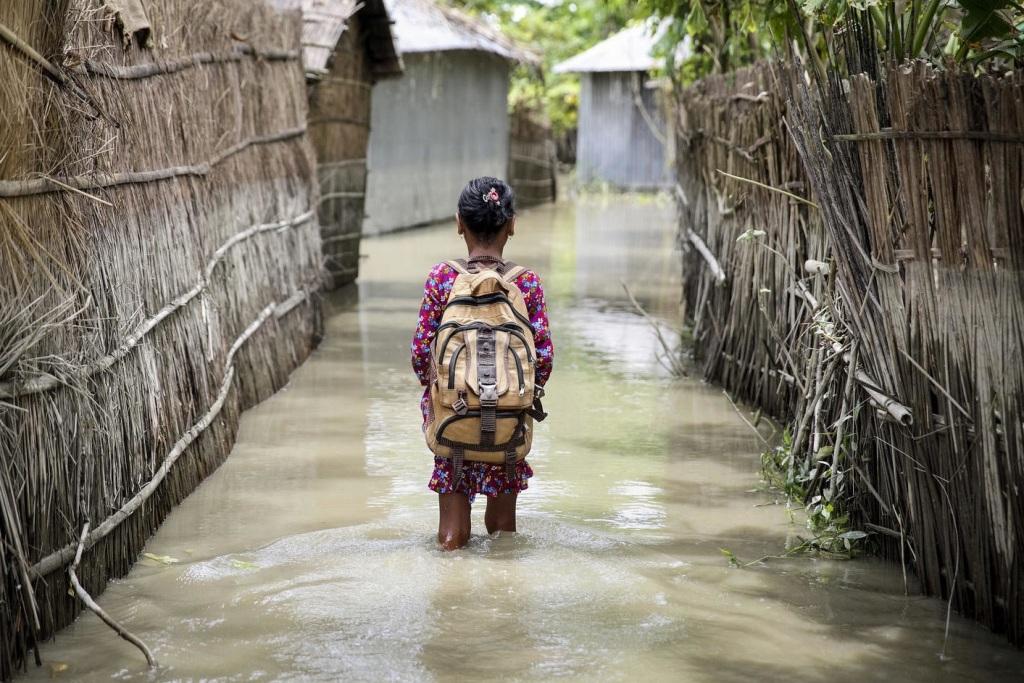
 From the typhoon-battered schools of the Philippines to the saltwater-soaked villages of the Sundarbans, one truth is becoming impossible to ignore — climate change is stealing childhoods. The crisis is not only altering landscapes and livelihoods but also eroding the safety, health, and future of millions of children who have contributed least to the problem.
From the typhoon-battered schools of the Philippines to the saltwater-soaked villages of the Sundarbans, one truth is becoming impossible to ignore — climate change is stealing childhoods. The crisis is not only altering landscapes and livelihoods but also eroding the safety, health, and future of millions of children who have contributed least to the problem.
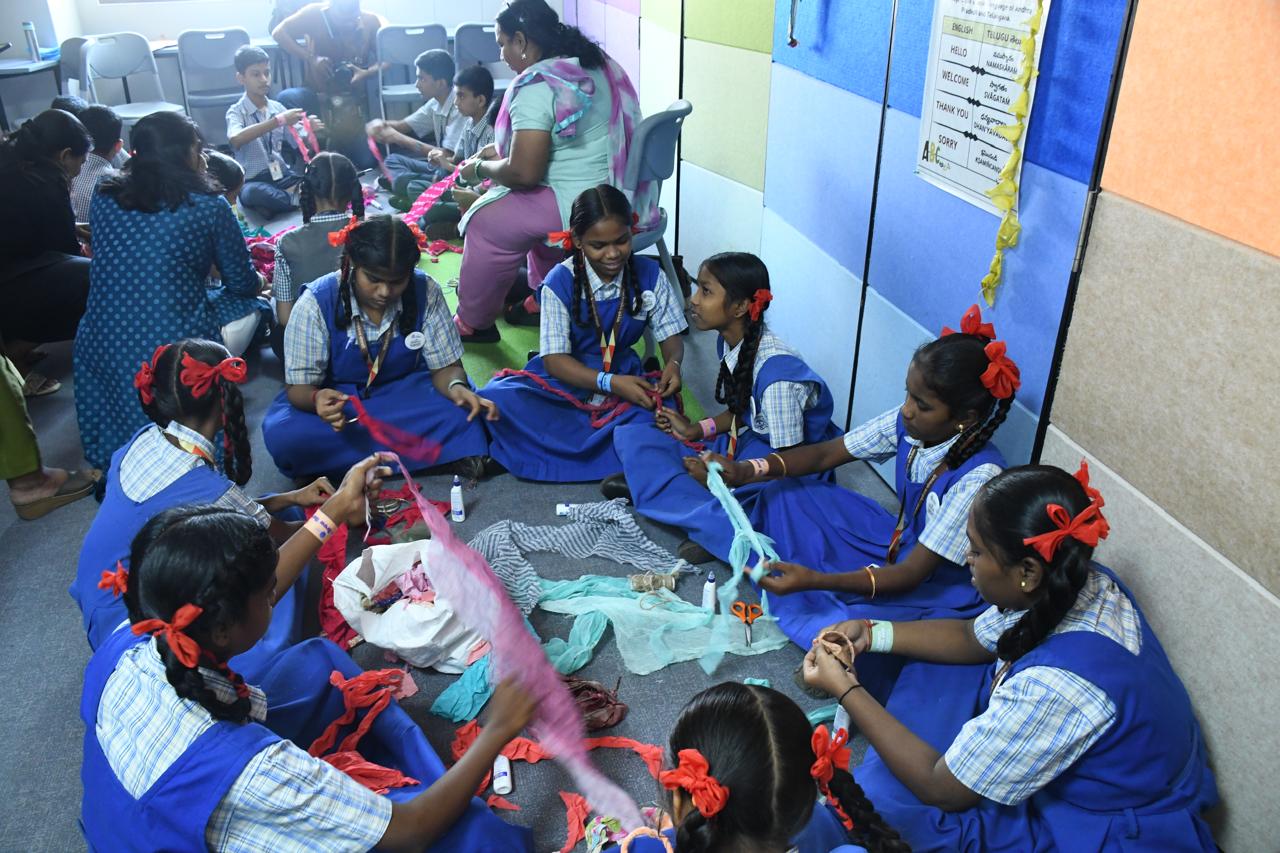
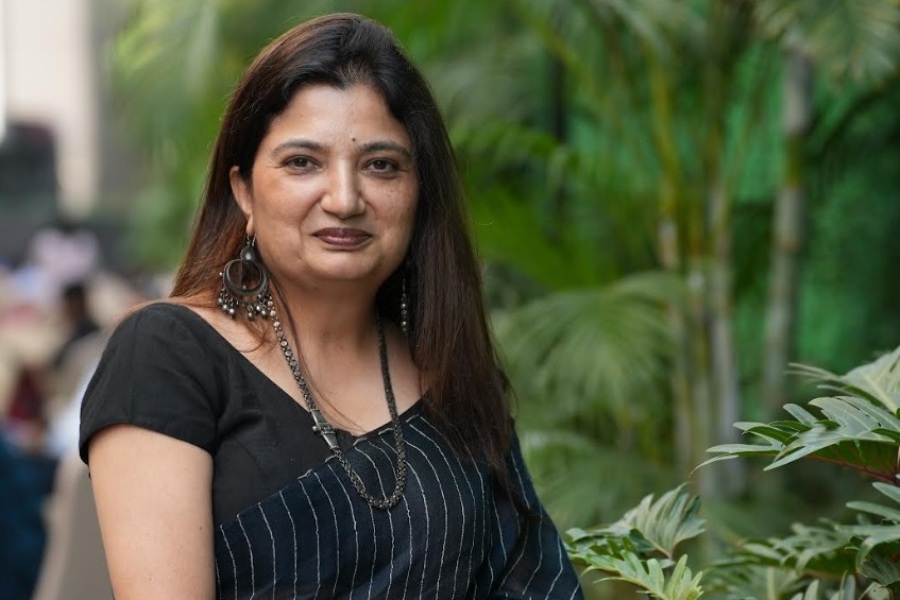
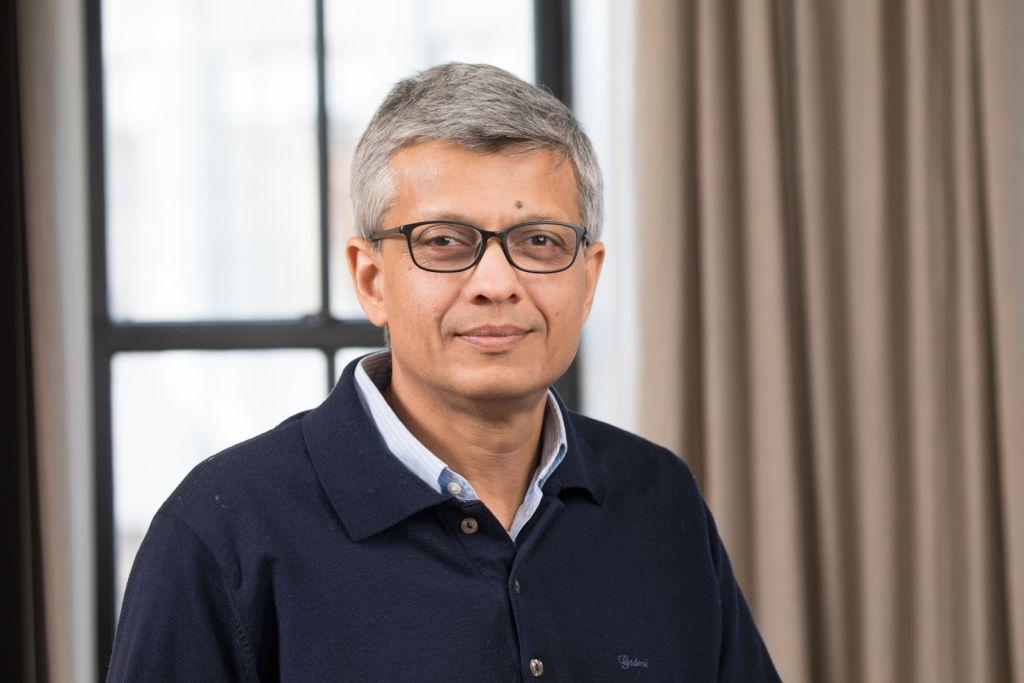
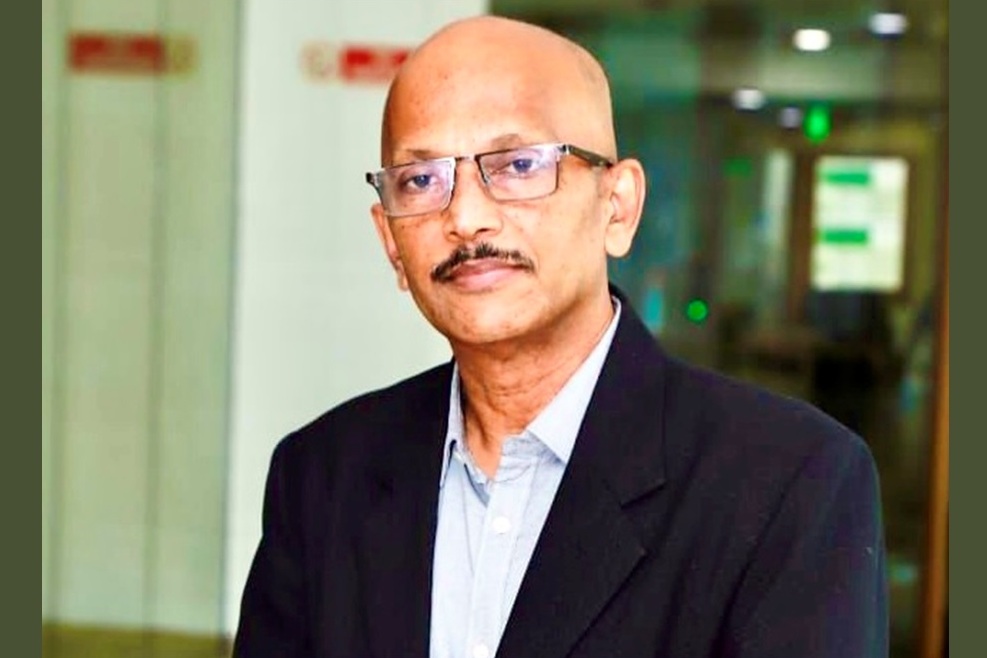

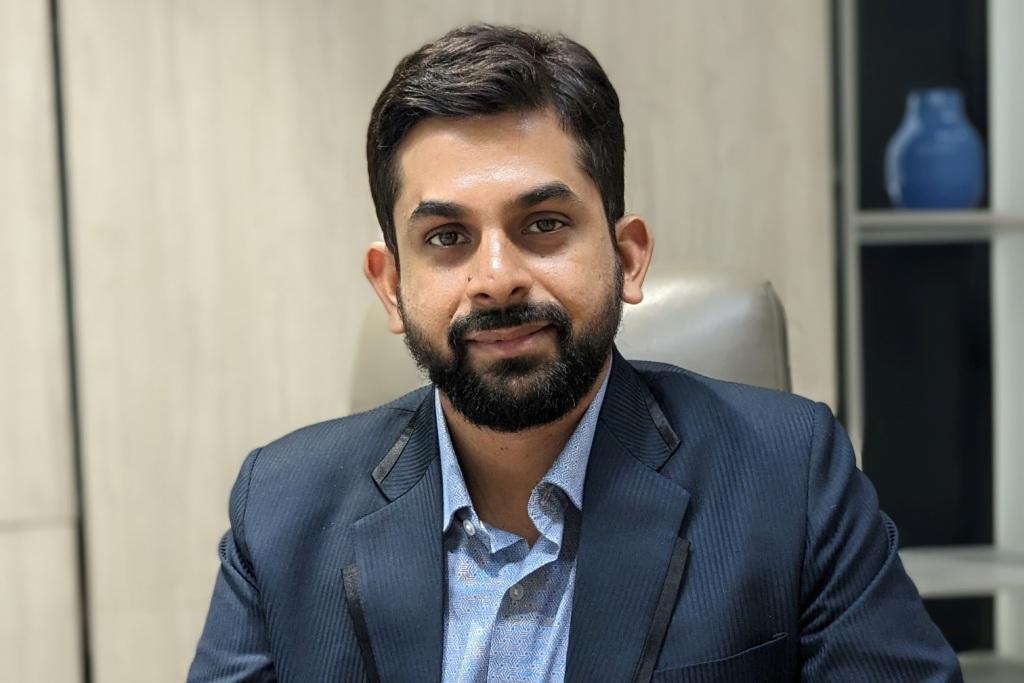
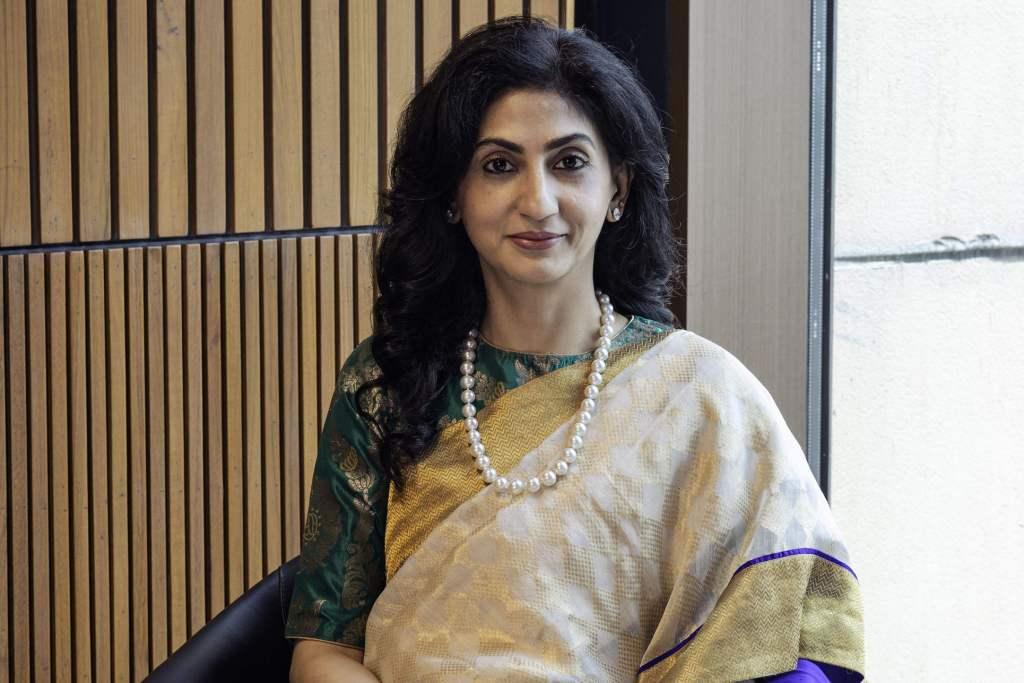

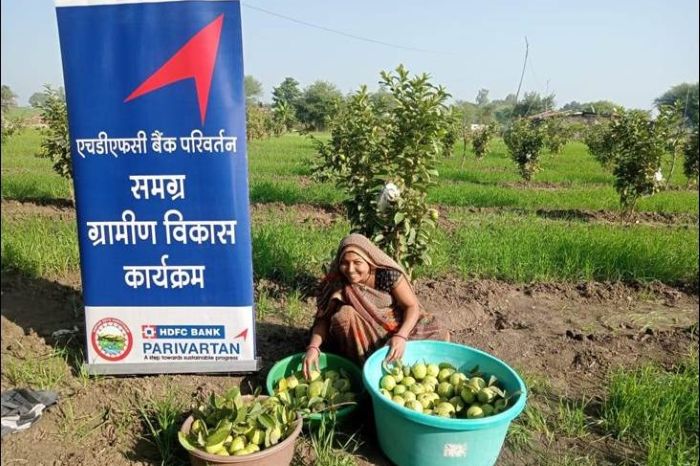
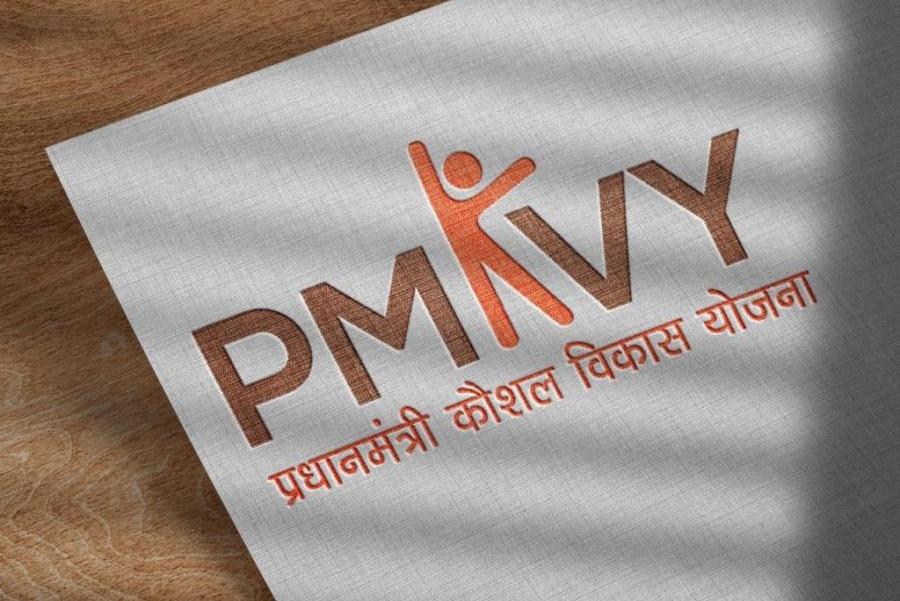
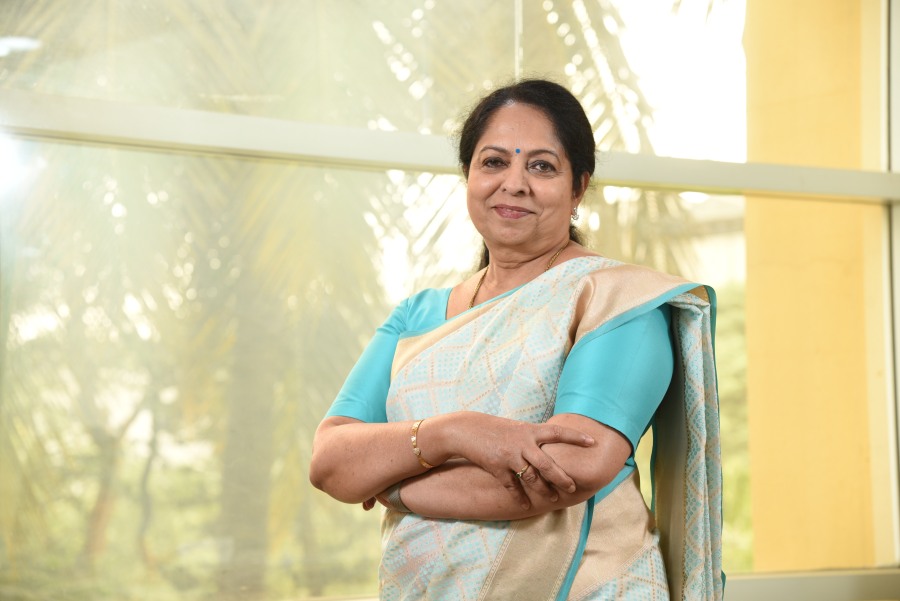
.jpg)

